Museum of Victims of Repressions
Address: “Shahidlar khotirasi” square, Amir Temur Street, Tashkent
Reference point: Tashkent TV tower
Phone: (+998) 71-244-2940, 71-244-7331
Hours: Tuesday-Sunday: 09:00am-05:00pm
Day off: Monday
Web-site: Museum of Victims of Repressions
Email: mx@exat.uz
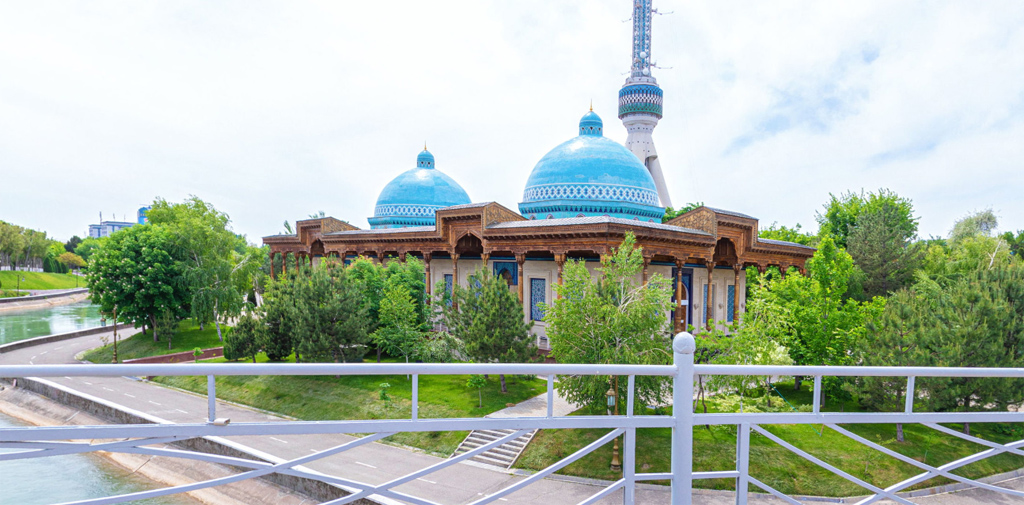
The history of Uzbekistan remembers many events: the seizure of lands, bloody feuds, fall and growth, but one thing remains unchanged - the memory about people. About people who became victims of their time.
You will know about the unique “Museum of Victims of Repressions”. The museum was created in November 2002 to tell the modern generation about the ancestors who called the nation for freedom, who showed heroism in the struggle for freedom and independence of the Motherland and who became victims of massive political repression during the period of the totalitarian regime.
According to the «Shahidlar Hotirasi» (Victims of Repressions) Foundation, 10,700 people were arrested and convicted on the territory of modern Uzbekistan in September 1937. Of these, 3,613 were sentenced to death, and 7,087 were sentenced to 8 to 10 years in labor camps. In the period from 13 to 28 November, 1,611 people were convicted, and in December 1937 the number of convicts was 3,610. Among the victims were prominent figures, scientists and writers, among whom were Abdullah Qadiri, Fitrat, Chulpon.
The museum is an adornment of the «Shahidlar Khieboni» Park, located in the Yunusabad district of Tashkent.
The exposition of the museum includes 10 sections:
1) Colonization of Central Asia (Turkestan) by Tsarist Russia and the struggle of the local population.
2) The movement of national revival, its manifestations and practical directions. Jadidism in Uzbekistan.
3) Liquidation of Turkestan Autonomy and the beginning of the repressive policy of the Soviet state (1917-1924).
4) The movement of resisting oppression and violence. Armed uprisings in Central Asia (1918-1924).
5) The policy of "collectivization" and "dispossession" of the Soviet government, and its tragic consequences (1930-1936).
6) Political repressions in the early 30s (1929-1936).
7) Political repressions of the 1937-1938s.
8) Political repression of the 1940s-1950s.
9) The Repression of the 1980s: «Uzbek cotton affair»
10) Restoration of historical justice, perpetuation of the memory of victims of repressions, important historical events aimed at preserving and developing national values during the years of Independence (since 1991)
Initially, the building housed one exhibition hall. Over the years, the museum has been replenished with new exhibits and new historical data.
The current building consists of 3 exhibition halls with an area of 960 m2, and a spacious terrace is also located here.
The museum is also a research institution. Here the museum staff - scholarly historians conduct deep research of archival documents related to the history of repressions and collect factual material. Through the museum fund, monographs, scientific projects, journalistic and art publications are regularly published.
Ancestors said: "There is no future without memory of the history," and the memory of the dead is always sacred. We will appreciate what we have, remember our roots and enjoy every good moment in life.
Map
Leave a comment
By logging in, you agree to the processing personal data
See also
Workhours: 9:00-18:00, Mn-Fr
For any questions
Uzbekistan


 UZB
UZB RUS
RUS JPN
JPN ARA
ARA FRA
FRA CN
CN DE
DE POR
POR ESP
ESP TUR
TUR ITA
ITA HIN
HIN MAL
MAL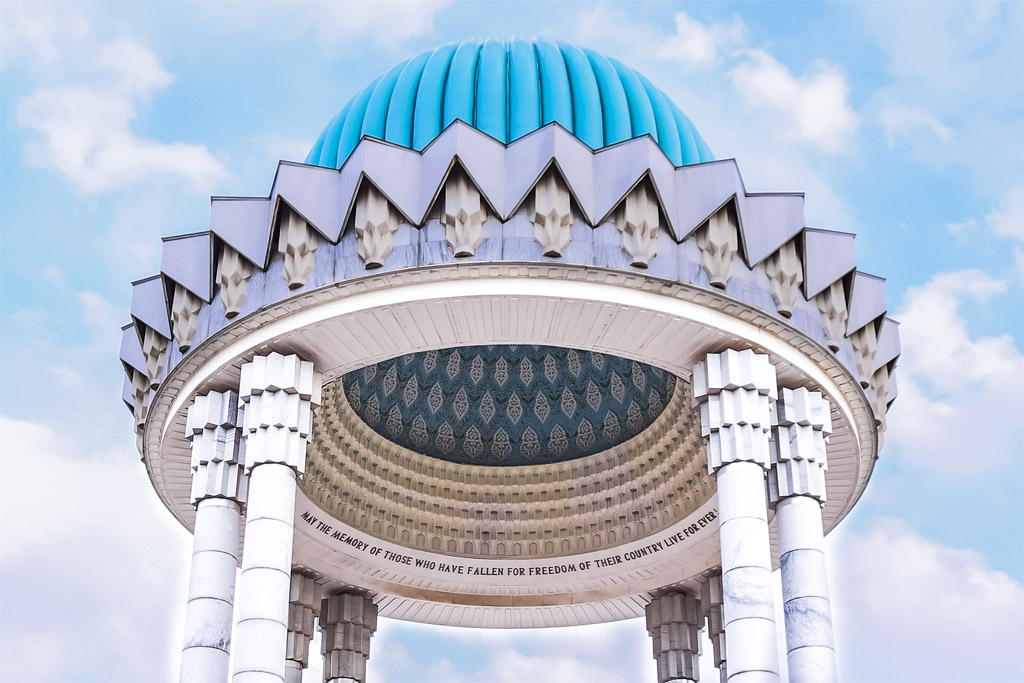
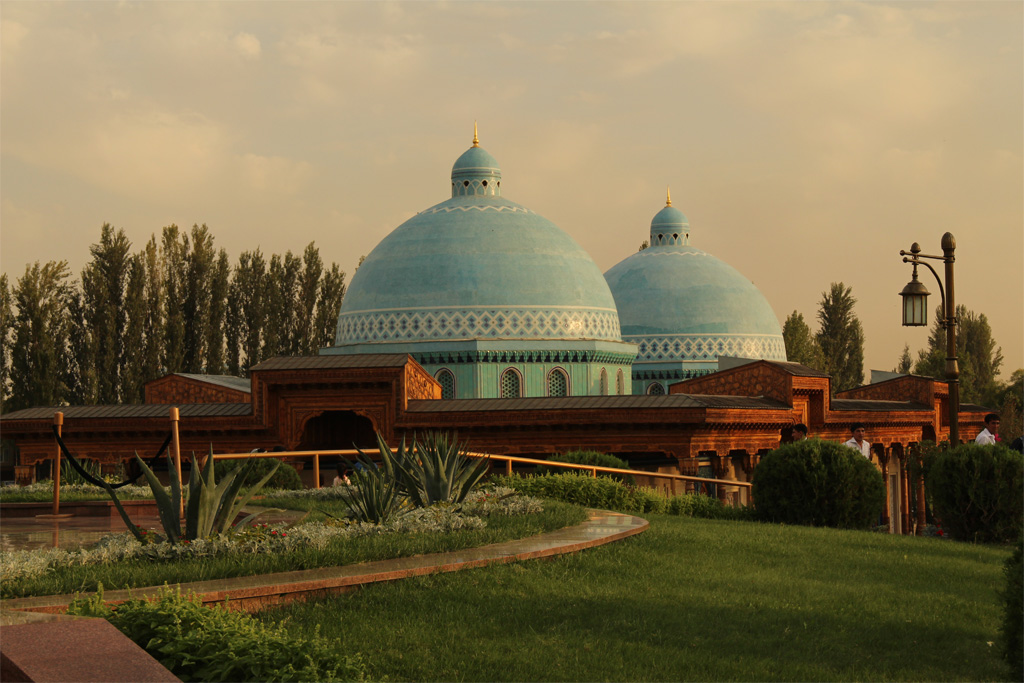
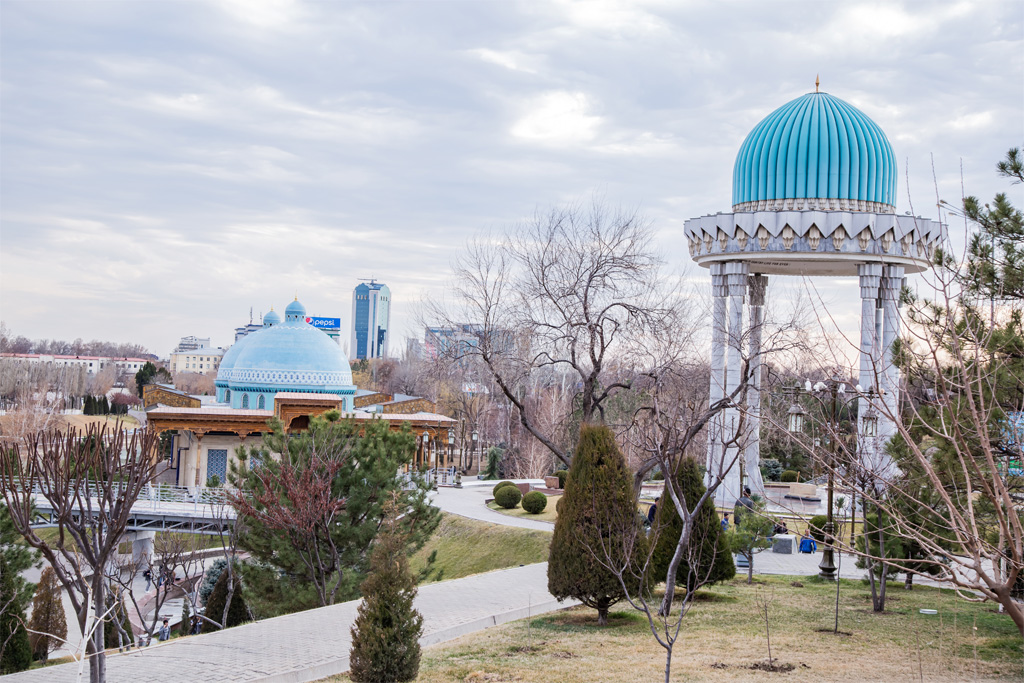
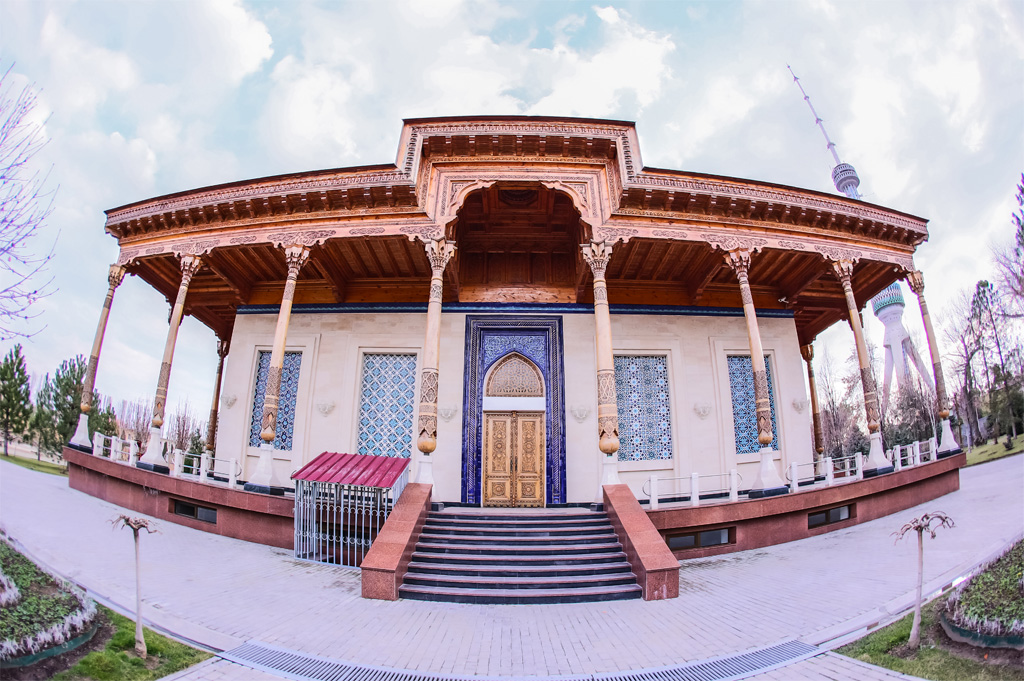
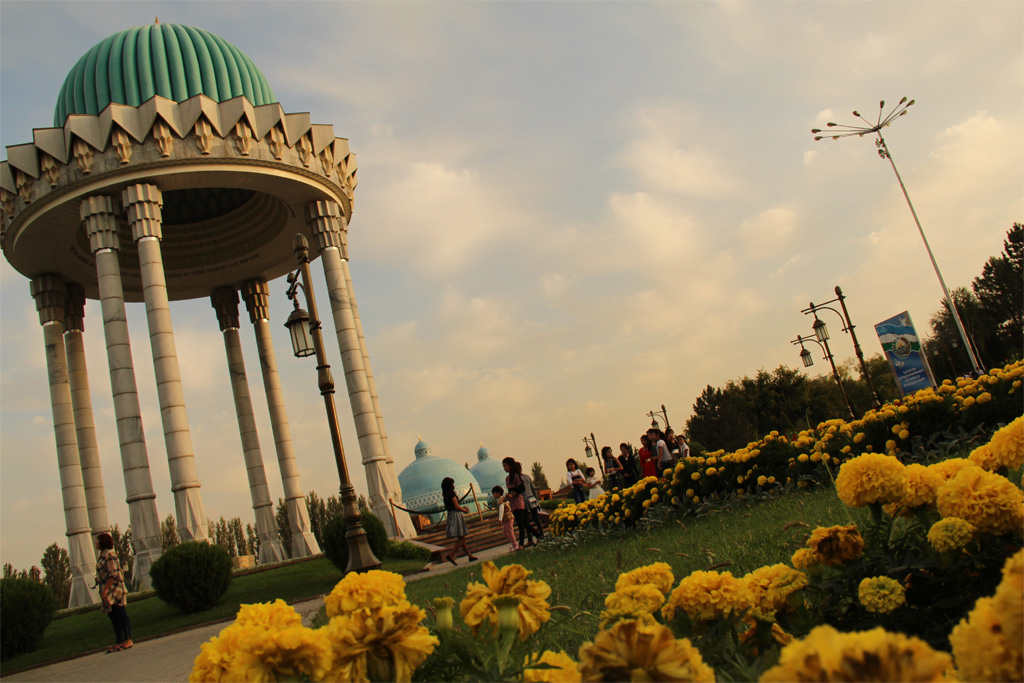
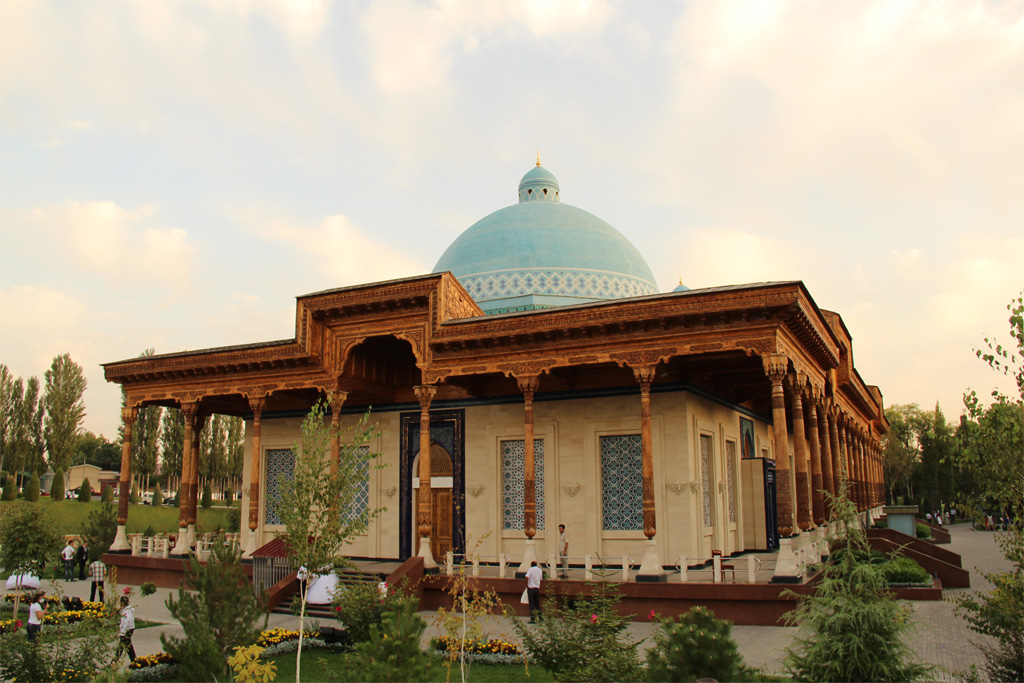
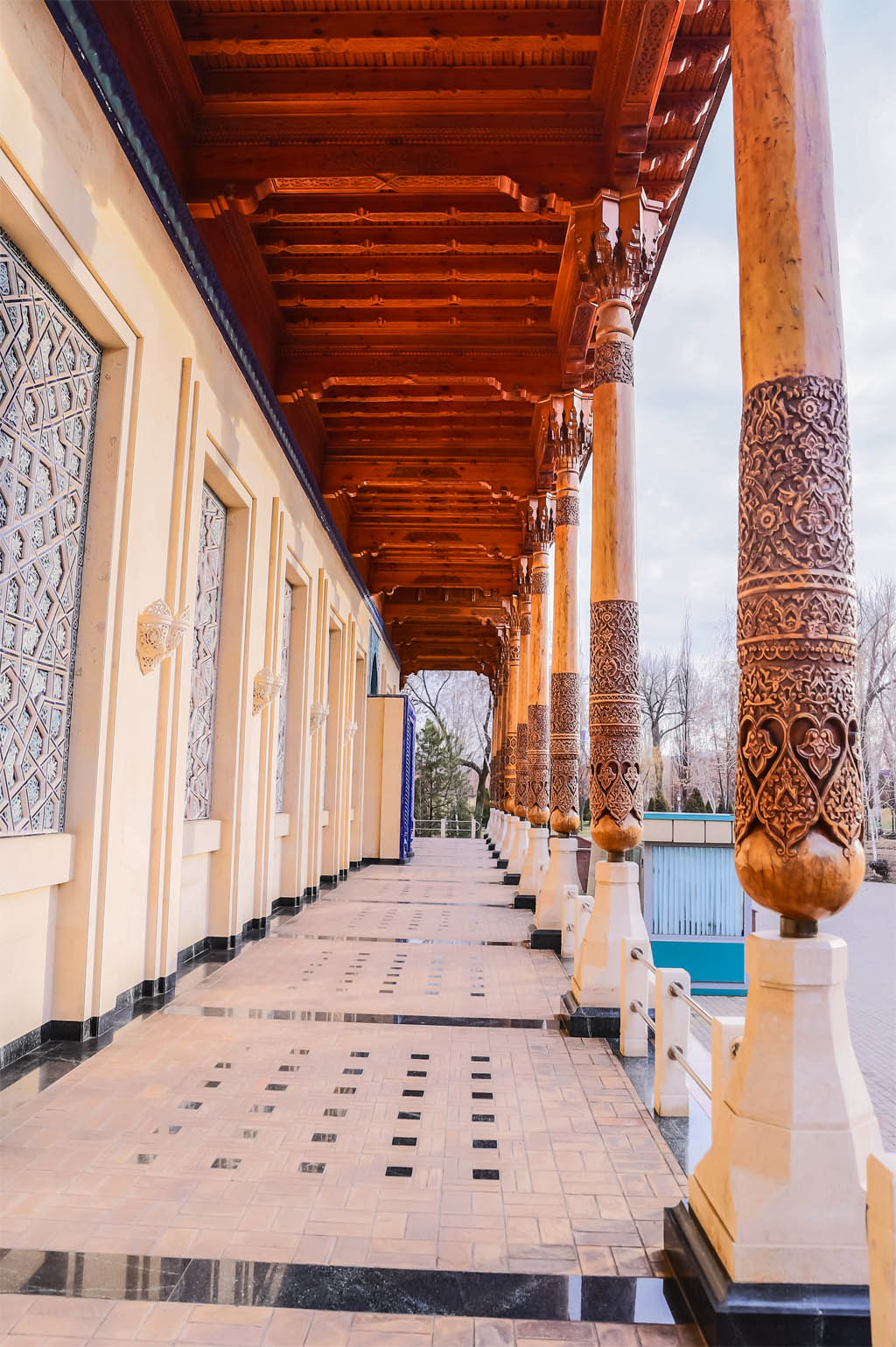
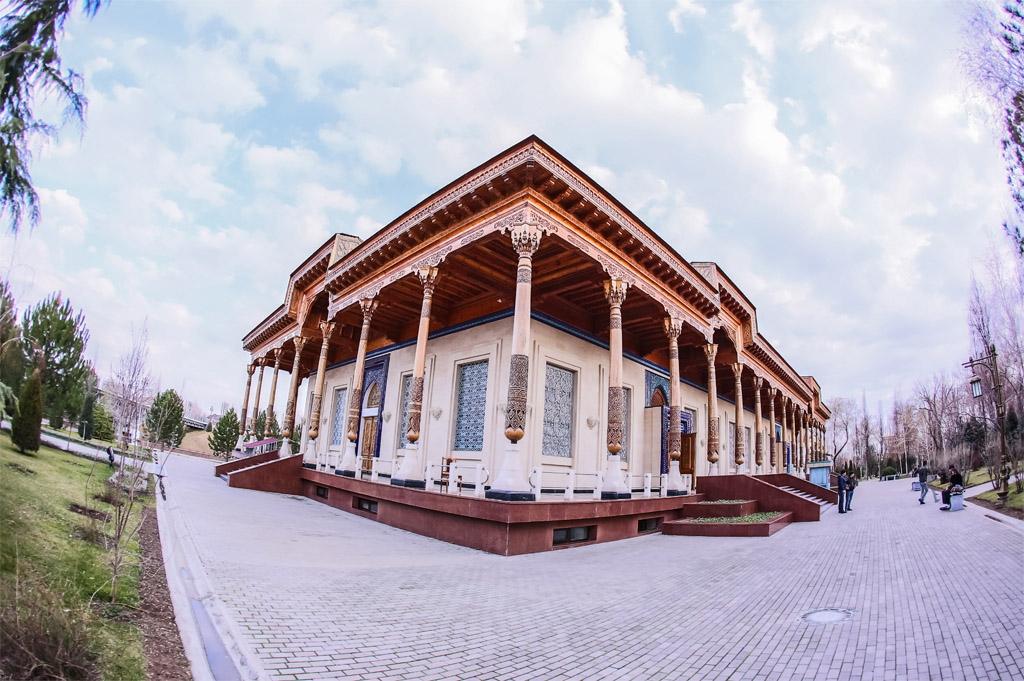

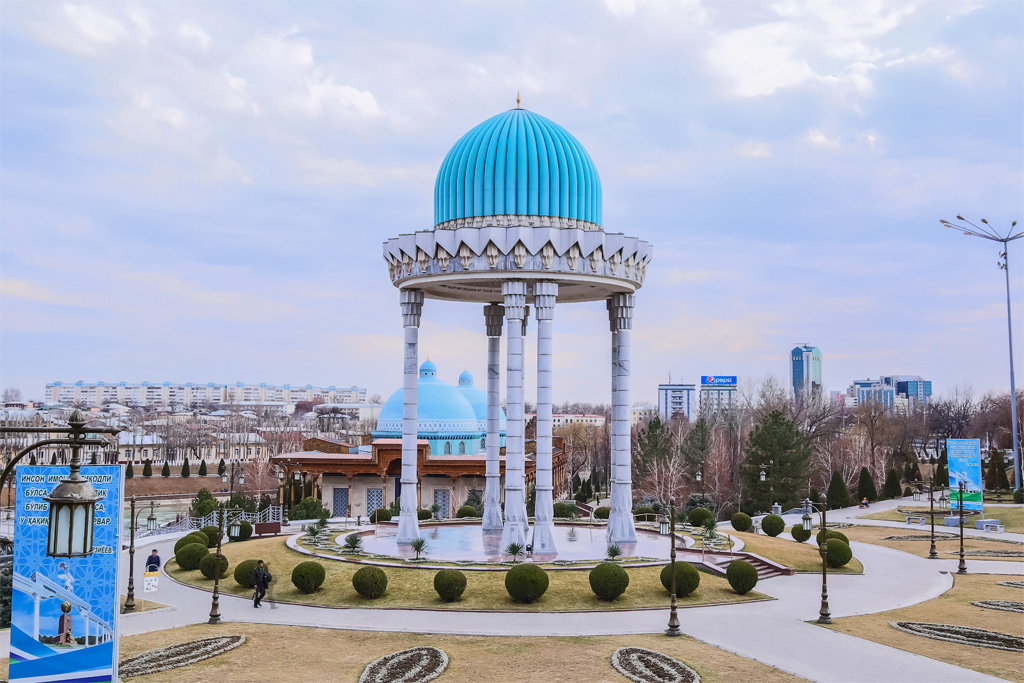
A comment